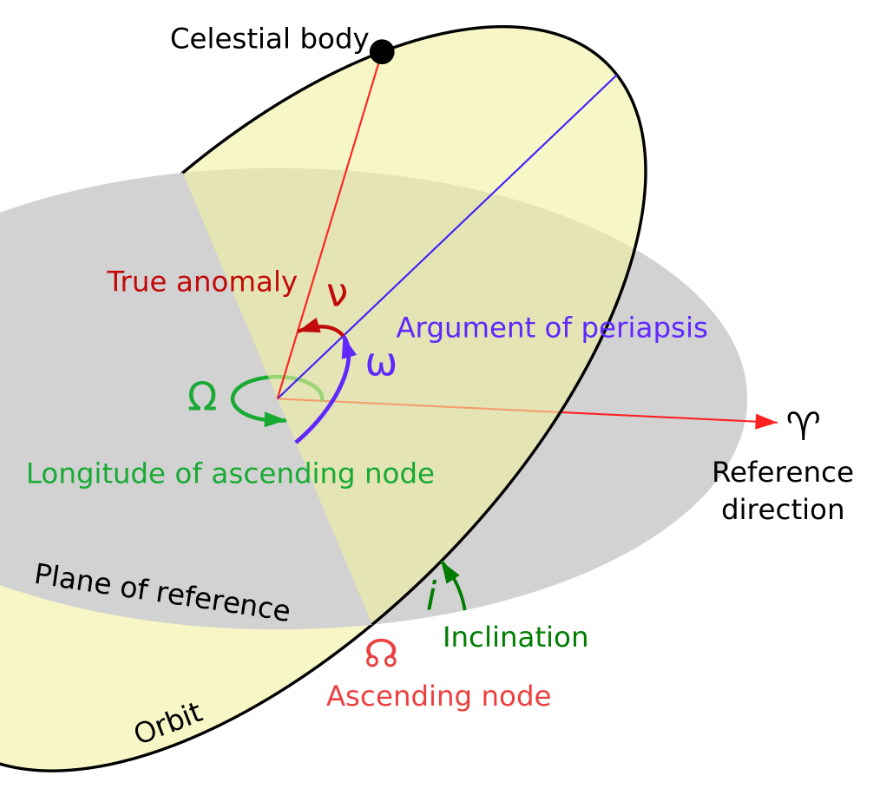Editor’s note: Astrobites is a graduate-student-run organization that digests astrophysical literature for undergraduate students. As part of the new partnership between the AAS and astrobites, we will be reposting astrobites content here at AAS Nova once a week. We hope you enjoy this post from astrobites; the original can be viewed at astrobites.org!
Title: Gravity-Darkened Seasons: Insolation Around Rapid Rotators
Authors: John P. Ahlers
First Author’s Institution: University of Idaho
Status: Accepted to ApJ
On Earth, our seasons come about due to Earth’s tilted rotational axis relative to its orbital plane (and not due to changes in distance from the Sun, as it is commonly mistaken!) Essentially, this is due to the varying amounts of radiation that Earth receives from the Sun in each hemisphere. But what would happen if the Sun were to radiate at different temperatures across its surface?
It’s hard to imagine such a scenario, but a phenomenon known as gravity darkening causes rapidly spinning stars to have non-uniform surface temperatures due to their non-spherical shape. As a star spins, its equator bulges outwards as a result of centrifugal forces (specifically, into an oblate spheroid). Since a star is made of gas, this has interesting implications for its temperature. If its equator is bulging outwards, the gas at the equator experiences a lower surface gravity (being slightly further away from the star’s center) a lower density and temperature. The equator of a spinning star is thus considered to be “gravitationally darkened”. The gas at the star’s poles on the other hand, has a slightly higher density and temperature (“gravitational brightening”) since it is closer to the center of the star relative to the gas at the equatorial bulge. Thus, there is a temperature gradient between the poles and equator of a rapidly rotating star.
While this is an interesting phenomenon in itself, the author of today’s paper introduces a new twist: what if there’s a planet orbiting such a star, and what implication does this gravity darkening have on a planet’s seasonal temperature variations? Compared to Earth. exoplanets have potentially more complex factors governing its surface temperature variations. For example, if a planet’s orbit is inclined relative to the star’s equator (see Figure 1), it can preferentially receive radiation from different parts of its star during the course of its orbit.

Fig 1: All the parameters describing a planet’s orbit. In this paper, the author mainly focuses on the inclination i, which is the angle of a planet’s orbital plane relative to the star’s equator. [Wikipedia]

Fig. 2: Some examples of seasonal temperature changes of a planet for various orbital parameters. The top left figure shows the orientation of the planet’s tilt (precession angle, color-coded to match the plots), and the times corresponding to one orbit around the host star. In each subplot, the author shows the flux a planet would receive for different orbital inclinations (i.e. the angle i in Fig. 1). [Ahlers 2016]
As we discover new exoplanets over the course of the coming years, we will likely find examples of planets potentially experiencing these gravitationally darkened seasons. This will have interesting implications on how we view the habitability of these other worlds.
About the author, Anson Lam:
I am a graduate student at UCLA, where I am working with Steve Furlanetto on models of galaxy clustering and their applications to the reionization era. My main interests involve high redshift cosmology, dark matter, and structure formation.
Previously, I was an undergraduate at Caltech, where I did my BS in astrophysics. When I’m not doing astronomy, I enjoy engaging in some linear combination of swimming/biking/running.

1 Comment
Pingback: planetary seasons differ with spinning stars